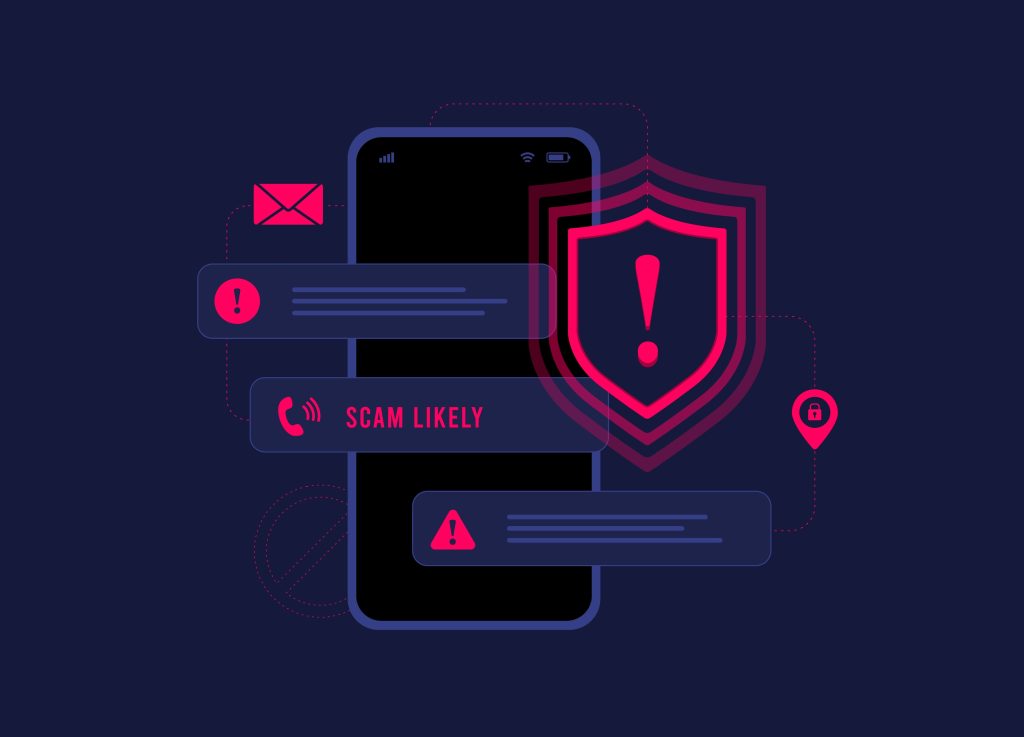In today’s digital age, fraud has evolved, becoming more sophisticated and challenging to detect. To navigate this evolving landscape, it’s essential to explore the multifaceted nature of fraud, shedding light on its various types, and methods, and, most importantly, empowering you with actionable steps to safeguard against it.
What is Fraud?
Fraud involves deceit or trickery for personal or financial gain. It can range from simple scams to complex schemes that exploit legal and financial systems. Understanding the different types of fraud is the first step in prevention.
Types of Fraud
- Advance Fee Fraud (419 Scams): Classic scams where victims are persuaded to advance sums of money with the hope of realizing a much larger gain.
- Internet and Cyber Fraud (“Yahoo Yahoo”): Encompasses various online scams including phishing, hacking, and spoofing, affecting millions globally.
- Banking and Credit Card Fraud: Involves the unauthorised use of banking and credit card information, often through online channels, leading to significant financial losses.
- Social Engineering: A technique where fraudsters manipulate individuals into divulging confidential information, which is then used for fraudulent purposes.
Methods of Fraud
These methods highlight the sophistication and diversity of techniques used by fraudsters to exploit vulnerabilities and deceive their targets.
- Malware Attacks: Installing malicious software on a victim’s device without their knowledge to gain access to personal information or to damage the device, often through infected email attachments or compromised websites.
- Vishing (Voice Phishing): Using phone calls to trick individuals into providing personal or financial information by pretending to be a legitimate organization, such as a bank or government agency.
- SMS/Email Phishing: Sending fraudulent text messages or emails that appear to be from reputable sources, designed to lure individuals into providing sensitive information or clicking on malicious links.
- Investment Scams: Promising high returns with little or no risk through investments in stocks, real estate, or other financial products, but ultimately defrauding investors of their money.
- Fake Charities: Soliciting donations for fake charitable causes, especially following natural disasters or during holiday seasons, exploiting the goodwill of individuals wanting to help.
- Lottery or Prize Scams: Informing individuals they’ve won a large sum of money or a prize in a lottery or sweepstakes they did not enter, and asking for payment to cover taxes or fees before the winnings can be claimed.
Awareness and education are key in protecting oneself against these various forms of fraud. Always verify the authenticity of requests for personal information and be cautious when dealing with unsolicited communications.
Preventing Fraud
To safeguard your online financial security effectively, consider implementing the following strategic measures against fraud:
- Exercise Caution with Unsolicited Communications: Sterling Bank emphasizes the importance of not responding to phone calls, emails, or texts that ask for sensitive banking details like your password, One-Time Password (OTP), or PIN. It’s crucial to remember that legitimate banking entities will not request such information through these channels. Verify the authenticity of any request asking for personal banking information, especially those that seem to be from your bank but are suspicious.
- Protect Your Bank Verification Number (BVN) and Card Information: Always keep your BVN and card PIN confidential. In situations where your ATM card is lost or stolen, promptly contact the customer service of your bank to report the incident and block your card to prevent unauthorized access.
- Monitor Account Transactions Regularly: Utilize digital tools provided by your bank, such as e-statements or mobile banking apps, to keep a close watch on your account activities. Immediate reporting of discrepancies to customer care can help in early detection and prevention of fraud.
- Frequent Password Updates and Strength: Regularly changing your password and ensuring its complexity is key to protecting your account from unauthorized access. A strong password typically includes a mix of upper and lower-case letters, numbers, and symbols. The more complex your password, the harder it is for potential hackers to gain access.
- Stay Vigilant at ATMs: Be aware of your surroundings when using ATMs. Avoid machines that look tampered with or damaged, and use ATMs in locations you are familiar with. Cover the keypad as you enter your PIN to shield it from prying eyes or hidden cameras.

